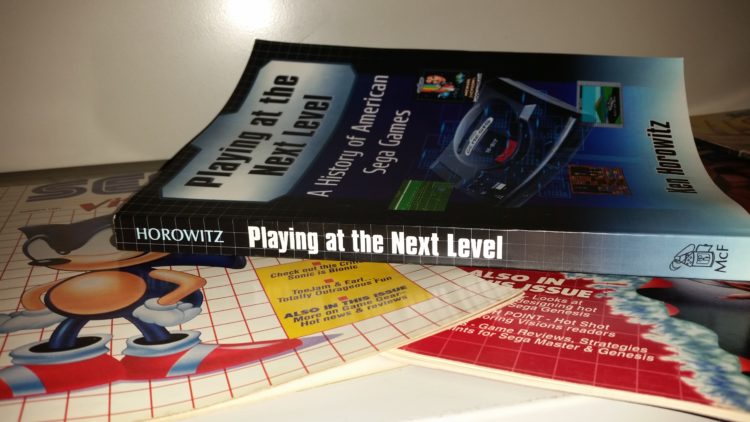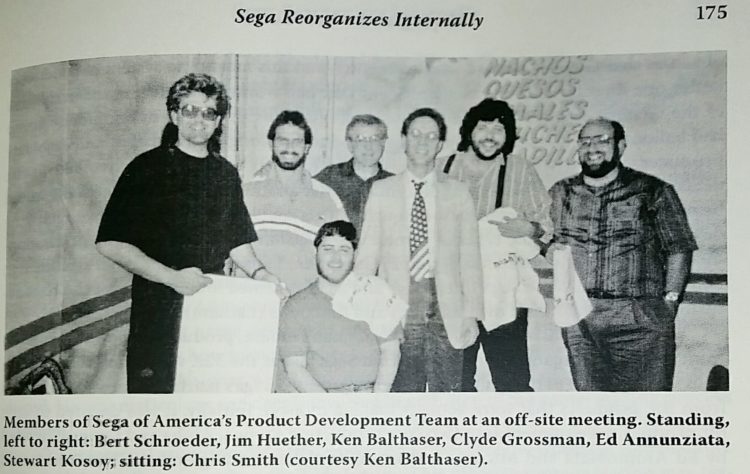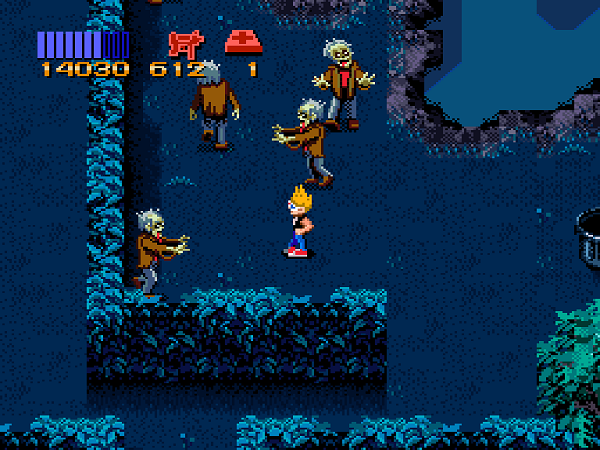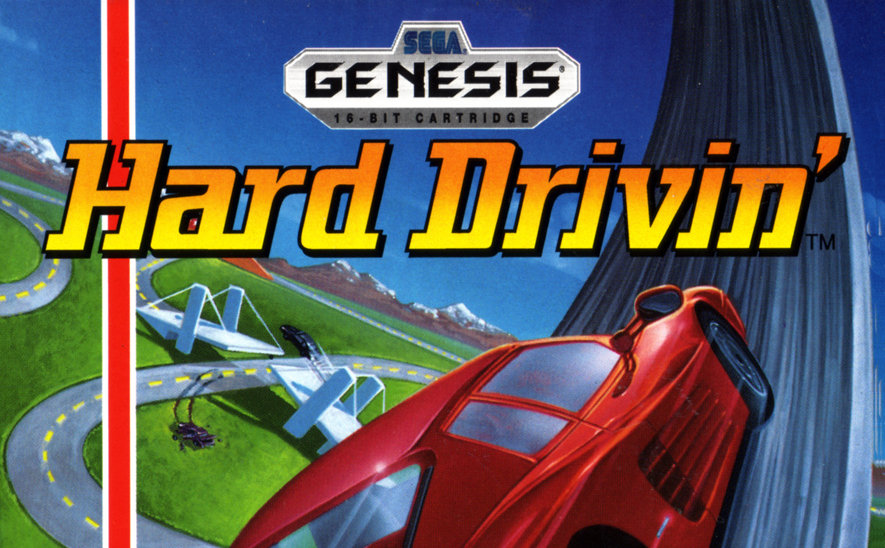Playing at the Next Level: A History of American Sega Games was written by Ken Horowitz, who runs the long running SEGA-16 fansite. As a longtime Sega fan and lurker on various sites, especially before I started this blog, I was a huge fan of what Ken was doing at Sega-16. One of the biggest resources the site offers is a review for almost every single Sega Genesis game published. That’s quite the feat. While his work on getting a review for almost every single Sega Genesis game is amazing, I truly love his website because he interviews some of the most interesting people from Sega’s glory days. I first heard about the site when doing research on Sega Technical Institute, after finding his interview with Roger Hector about his time being director of the studio I started checking daily for more Sega historical content. Ever since then I have been a huge fan of the site, when I heard Ken was writing a historical Sega book we invited him on our podcast (listen to that below).
It is also very interesting that Ken decided to stick with the American side of game development during Sega’s 16-bit days because it seems most people online are obsessed with the Japanese side. The thing is, the Sega Genesis was much bigger here in America than it was in Japan and the people that worked in the American side of things really did shape the history of Sega at the time. This is a story that had to be told and I don’t think there is anyone more qualified to tell it than Ken Horowitz.
If you keep up with Sega books, you probably know that Sega’s 16-bit machine has had a few books in the last couple of years. So how does Ken Horowitz’s Playing at the Next Level: A History of American Sega Games compare to Blake Harris’ Console Wars and the Sega Mega Drive/Genesis: Collected Works books? I feel that all three are worth reading because all three give a unique perspective of Sega’s glory days. Console Wars is a romanticized novel revolving around Sega America’s then CEO Tom Kalinske leading the way for the Sega Genesis and the launch of Sonic the Hedgehog. Console Wars tells a narrated story that feels more like a movie than a history book, which is more of the feeling that you get with Playing at the Next Level. Sega Mega Drive/Genesis: Collected Works is a beautifully designed coffee table book filled with rare artwork and developer interviews.
Playing at the Next Level starts its story with the Sega Master System and leads the readers into the situations that Sega found themselves before launching the Sega Genesis in America. From its deal with Tonka, to founding its own branch and the game developers that made the American branch legendary. This is where Ken Horowitz shines, you can tell he did quite a bit of research but also delivers a cohesive narrative with a start, middle and end. The chapters in this book varies, but on average they are three to four pages. The chapters might be small but Ken pumps so much info into every chapter that they each feel like they belong there, even if there is quite a bit jumping around. He even gives you a neat timeline at the start, which reminded me of fantasy books having maps before you start your reading.
One of my favorite sections of the book is when he details Sega’s working relationship with BlueSky Software who developed Jurassic Park, Shadowrun and Vectorman series on the Sega Genesis. They are just one of those developers that don’t get enough praise by people these days for their work on Sega’s 16-bit machine. It’s also nice that Ken went in and wrote chapters on Sega’s push for sports games on the system, considering it was very important during this time. Playing at the Next Level: A History of American Sega Games also talks about SEGA’s marketing campaign, Sega channel and much more. There are quite a few surprises in there for Sega historians to feel satisfied with the overall package. After I finished reading the whole thing, I was surprised it was only 312 pages long considering how much information the book contains. For those wondering, around 300 pages is usually the size of your average historical video game books, so this book isn’t light on pages. One thing that annoys me about some video game books is that the writer tries to extend the number of pages by wasting the reader’s time, I feel like this book jammed quite a bit of information for the amount of pages it had.
While the book does have a few photos inside it, I was a bit disappointed that they were only in black and white. I don’t find this to be a deal breaker for the book, but would have been great to print at least the photos in color. Not sure if the photos shown in the book are available online, but these are the first time I have seen them. While I know everyone will tell me not to judge a book by it’s cover, I have to say I wasn’t a big fan of Playing at the Next Level: A History of American Sega Games’ cover art. Its hard to put my finger on why, but it reminded me of a sort of textbook I would have for school with some art replaced with Sega Genesis photos. Though I sorta think it fits the contents in the book because if a school wanted to teach the history of the Sega Genesis, this is the book they would want. The book isn’t cheap either, running at $39.99 for a softcover book and being mostly text with some photographs. I would say this is high compared to most video game related books, but can say that the contents inside the book are worth reading. Though according to the Amazon page, there is a kindle version for only $3 dollars (Note Amazon prices changes randomly), but who knows how much Ken gets out of that deal.
I recommend anyone interested in a good, well thought out Sega history book that focuses on everyone that launched the brand including their upper management, celebrities, developers, and other behind the scene people that usually never get credit. While I appreciate the Sega Mega Drive/Genesis: Collected Works Works focusing on big Japanese developers and Console Wars weaving a fantastic narrative of Tom Kalinske’s days at Sega, I find it much more interesting reading about the smaller unnamed developers that never get credit. If you are on the fence about picking up the book I suggest you read the sample chapter up on the book’s Amazon page and if you like what you read, I suggest picking it up. If you want to get your bachelors in Segaology or just want to know how Sega America launched their most popular console, this is a must read.

You can order yourself a copy of Playing at the Next Level: A History of American Sega Games on Amazon, Wal-Mart or Barnes & Noble. Support the Sega fan scene!
Ad:









Thanks for the review George! I’m glad you enjoyed the book!
Super. thanks for the information